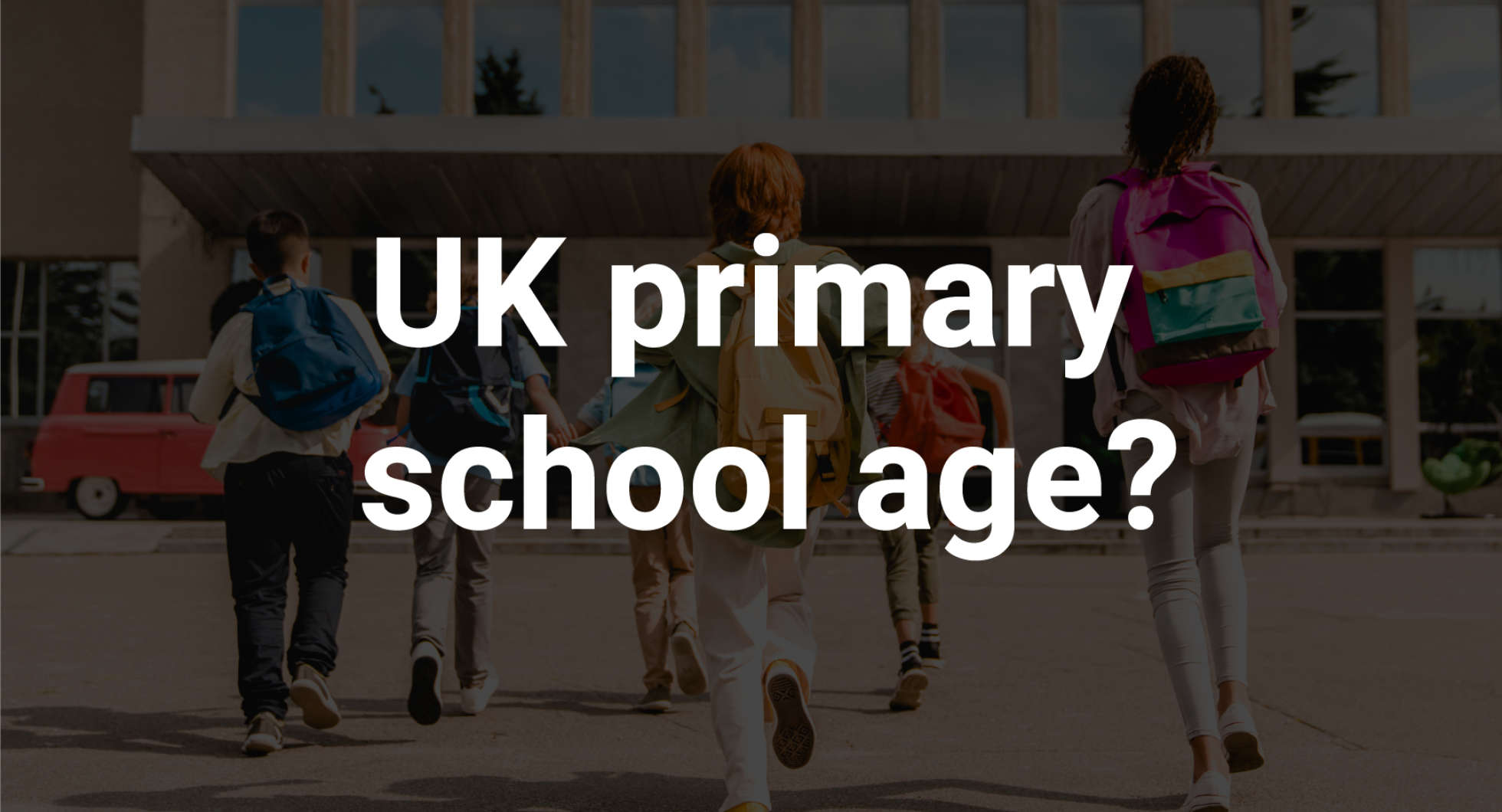What’s All the Hype About the IB Program?

Approximately 4,500 sixth-form students across the UK take the International Baccalaureate (IB) Diploma every year. This number has only increased as students and universities become more attracted to the breadth and depth that the IB program provides. Currently, there are 130 IB World Schools in the UK, most of which offer the Diploma Program. So what’s all the hype about the IB Program?
What is the IB Diploma program?
The IB program allows students to take six courses from six different subject groups, including 1 studies in language and literature, 2 language acquisition, 3 individuals and societies, 4 sciences, 5 mathematics, and 6 the arts. For the sixth category: the arts, students can opt to take an additional science, individuals and societies, or language courses instead of the arts.
Classes are divided into Higher Level (HL) courses and Standard Level (SL) courses. SL courses require 150 teaching hours while HL courses require 240 teaching hours. A pupil takes at least three HL courses but no more than four and three SL courses. Each course is scored out of 7, making up 42 points.
Additionally, pupils are required to fulfill the DP core: theory of knowledge (TOK), extended essay (EE), and creativity, activity, and service (CAS). TOK will develop pupils’ critical thinking skills with regard to the nature of knowledge. The EE is a 4,000-word independent research paper. CAS allows pupils to show initiative and show perseverance while tackling challenges by themselves. Fulfillment of each core will garner 3 points out of 45.
Course assessments will take place during the year with an additional final assessment at the end of the two years. This allows students to constantly improve and boost their scores.
The world average is currently 29.92 in 2020. A minimum of 24 points is a pass. However, in the UK, the 111 schools that offered IB emerged triumphantly with an average score of 34.39 in 2018!
What are the course offerings?
The course offerings in language and literature include literature, language and literature, and literature and performance. These courses develop students’ critical thinking skills in their interaction with a variety of text forms and texts and an appreciation for written and oral expression.
Language acquisition courses include Latin and Classical Greek, Spanish, Mandarin, French.
Individuals and societies course offerings include business management, economics, geography, global politics, history, IT, philosophy, psychology, world religions, and social and cultural anthropology. These course offerings depend on the school.
In group 4, the sciences course offerings include biology, chemistry, computer science, design technology, environmental systems and societies, physics, and sports, exercise, and health sciences.
In group 5, there are currently four math offerings that are divided in levels. They include math studies SL, math SL, math HL, and further maths HL.
Finally, in group 6, the arts course offerings include dance, film, music, theatre, and visual arts.
These classes all depend on individual school offerings.
How does the IB Diploma affect my university admission chances?
Admission to each UK university will vary depending on the program. However, the IB Organization released offers at top UK universities such as King’s College London typically specifies an offer of an overall point score of 35. A typical offer from Queen Mary, University of London stipulates 34 points overall. At the University College London, the minimum is 34 while the average score is 38. However, these offers will also specify how the points should be distributed, e.g. if a pupil intends to study Accounting at the University of Manchester, an example course requirement is “37 points overall; 666 in HL subjects, plus no less than 5 for SL English and 6 for mathematics (mathematical studies not accepted).”
The IB Diploma program is considered an excellent alternative to A-Levels but comparing them is difficult. A-Levels are capable of developing in-depth knowledge and subject expertise while the IB Diploma develops well-rounded students with “very good” expertise in many subjects. In a 2017 survey on UK University Admissions Officers, the IB Diploma consistently scored much higher in 1 encouraging individual inquiry, 2 developing workplace skills, 3 nurturing an open mind, 4 developing time management skills, 5 encouraging a global outlook, 6 encouraging creativity, and 7 developing intercultural skills, and 8 instilling a positive approach to risk-taking. A-Levels were highlighted to have produced individuals with in-depth subject expertise. However, both are considered great options.
What are some UK secondary schools that offer the IB Diploma?
It is important to note that the majority of secondary schools that offer the IB Diploma are in the private sector and thus tend to be more expensive. This is due to extensive and ongoing teacher training to ensure that IB teachers are up to par.
Some schools include:
- Anglo European School
- Ashcroft Technology Academy
- Box Hill School
- The Godolphin and Latymer School
- Leighton Park School
- Sevenoaks School
- Wellington College
Click on the schools to read reviews or write your own review on schoolparrot.co.uk!



